The Story: When One Family Realized a Simple Trust Wasn’t Enough
When Jim and Karen first came to see us, they thought they were “all set.”
They had a family trust prepared years ago by an online service. Their home, vacation property, and brokerage account were all titled in the trust, and they believed that meant their estate planning was finished.
Then two things happened:
- Their adult daughter, Emily, was diagnosed with a lifelong disability and began receiving government benefits.
- Jim started thinking about transferring his closely held construction business to his two sons.
Suddenly, that “simple” trust wasn’t so simple anymore. It didn’t protect Emily’s benefits. It didn’t protect the family’s assets from future lawsuits. And it didn’t include a clear strategy for passing the business efficiently to the next generation.
That’s when we sat down and walked them through the different types of trusts available—and why each serves a distinct purpose.
1. The Revocable Living Trust – The Foundation
A revocable living trust is where most good plans start.
It allows you to:
- Avoid probate
- Maintain control of your assets during your lifetime
- Pass assets to your heirs smoothly and privately upon your death
But “revocable” also means the assets inside are still reachable by creditors, lawsuits, or long-term care costs while you’re alive. That’s why we often layer additional types of trusts on top of the living trust.
2. The Special Needs Trust – Protecting a Vulnerable Loved One
For Emily, the best solution was a Special Needs Trust (SNT).
This type of trust allows you to set aside funds for a loved one with a disability without jeopardizing their eligibility for vital government benefits like SSI or Medi-Cal.
The trustee can use funds for things that enhance quality of life—education, travel, therapies, and experiences—while preserving benefit eligibility.
Too many families accidentally disinherit or financially harm a child by leaving money to them outright. A Special Needs Trust ensures care and protection long after you’re gone.
3. The Medi-Cal (or Medicaid) Trust – Planning Ahead for Long-Term Care
Healthcare costs in retirement can devastate an estate. A Medi-Cal Asset Protection Trust (MAPT) helps shield your home and other assets from being spent down or taken to cover nursing home expenses.
Here’s how it works:
- You transfer certain assets (like your primary residence) into an irrevocable trust.
- You no longer “own” them personally, so they’re protected for eligibility purposes.
- After the five-year lookback period, those assets are typically not counted in Medi-Cal qualification.
This strategy requires foresight—it can’t be done at the last minute—but it’s one of the strongest tools for preserving wealth across generations.
4. The Asset Protection Trust – The Legal Fortress
For families with significant real estate, investments, or business interests, an Asset Protection Trust (APT) is a crucial layer of defense.
An APT:
- Shields assets from lawsuits and creditors
- Keeps control through a trusted third-party or institutional trustee
- Can be domestic (within the U.S.) or offshore (for advanced planning)
It’s the modern way to “wall off” risk while retaining the ability to benefit from your own assets—done correctly, within the law, and tailored to your circumstances.
5. The Business Owner’s Trust – Keeping Your Life’s Work in the Family
Many entrepreneurs don’t realize their business interests can—and should—be owned by their trust.
If you own an LLC, corporation, or partnership, the ownership units (or shares) can be retitled in the name of your trust, so:
- There’s a clear successor in the event of your death or incapacity
- The business avoids probate delays
- The transition to heirs or key employees is clean and legally binding
We also layer in Buy-Sell Agreements or Successor Trustee Instructions to ensure your company continues running smoothly.
Without that, your business could be frozen in legal limbo—unpayable bills, halted payroll, or disputes among heirs.
The Case Study: How It All Came Together
In Jim and Karen’s case, we restructured everything.
Their home and liquid assets remained in a revocable living trust.
Emily’s share was placed into a Special Needs Trust for her lifetime.
The construction business was moved into a Family LLC owned by the trust, giving clear succession to the sons and insulation from personal liability.
And finally, certain investment properties were transferred into an Asset Protection Trust to minimize exposure to future lawsuits.
The result?
A comprehensive, coordinated plan where every asset had a home—and every family member had protection.
The Takeaway
Different trusts serve different purposes. The right structure depends on:
- Who you’re protecting
- What you own
- Where the risks lie
Estate planning isn’t about a single document—it’s about creating an integrated system that evolves with your life and assets.
Harry Barth, Esq.

